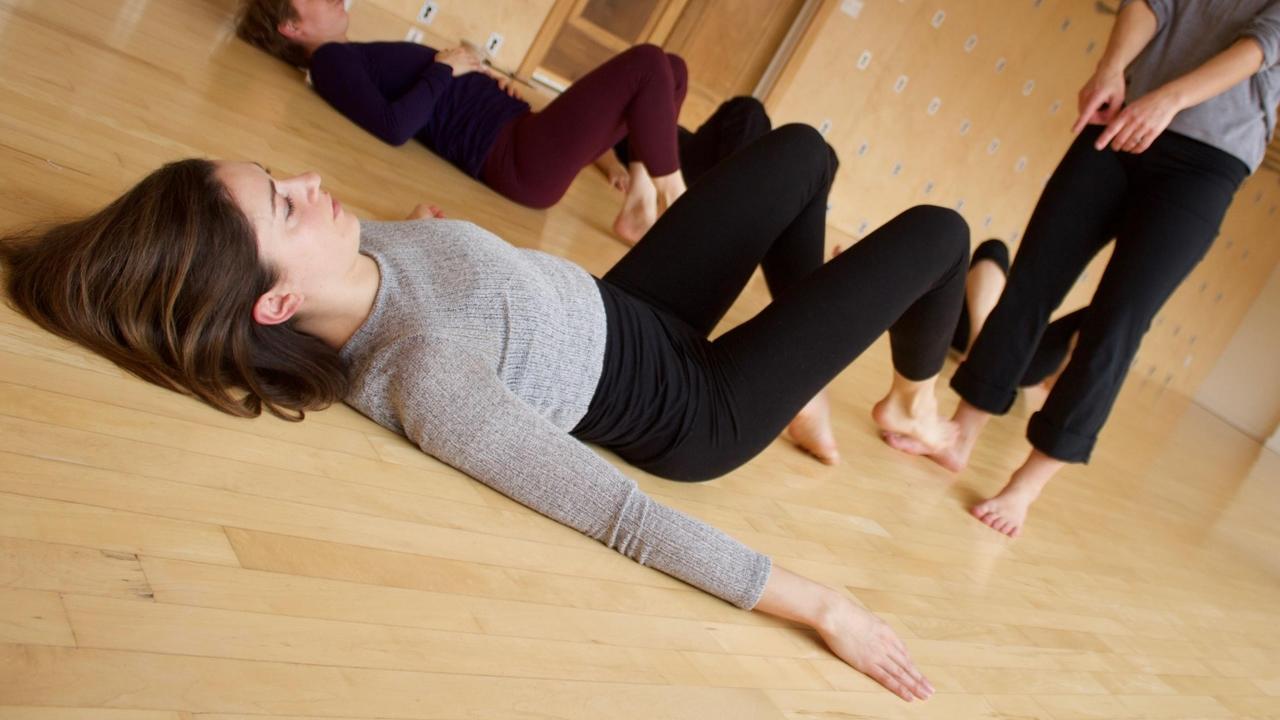Movement Is Not Healthy
Sep 06, 2018
The word Movement has become synonymous with health these days. However, movement is not innately healthy or unhealthy. Movement and health are not the same thing. This has become greatly confusing as the fitness world is trending into the movement world in search of healthful solutions.
Take health promoting footwear, for example. I have seen barefoot shoes help some people and really harm others. We tend to blanket name things as healthy or unhealthy, in order to simplify the often times daunting task of choosing or adapting activities to ourselves. However, it is the alchemy of the practice with the individual that makes it healthy, not the practice or product itself.
What is healthy? For me this is a personal question that needs to take into consideration the whole human being. We make many choices a day, to stay up late and have an important conversation with a friend or partner, travel when exhausted to see a special destination, etc.. These choices often feed our spirit, our relationships and our life purpose, that you could say also contribute greatly to our health.
Often it is movement that has injured people in the first place. Sitting, standing or driving a certain way, methods of training in sports, dance or exercise that seemed to work at the beginning, but are proving harmful or ineffective over time. Movement itself is not healthy, it is a tool for health, that can equally harm or help us.
What does this mean for our movement practice? It means individual adaptation, education and an evolution of practice.
Firstly, people are individual, this means there is as much variety on the inside as we see on the outside. This includes differences in size, shape, resiliency of tissues, flexibility, elasticity of muscles, tendons, ligaments etc..
The impact of an exercise is NOT what is being cued, but what is received by the body doing it. Cueing the same exercise to 100 different people, means many, many variations of an exercise have been received. So the cue is fixed, but bodies are variable. The thing to pay attention to is not so much the cue but how is it supportive or unsupportive to the person applying it. This is the thing to learn and practice, how to refine and adapt an exercise for your specific body.
Often, when exercises don't work, we simply jump to another exercise or movement modality. If you begin to understand your particular movement parameters, you can apply this knowledge to any movement form. It is like teaching someone to be able to taste food, rather than only follow recipes. It is a big difference and to me, this is Movement Education.
We are LIVING bodies and just like everything else in nature, exist in a dynamic process that is evolving. When aiming to create change in living things, the ability to update and refine techniques to the current situation is paramount to success. For example, when teaching someone to cut an apple, you could say place the knife here at this angle and press down with this much force at this speed etc.. However, apples are differently shaped from one another, have different texture at stages of ripeness and respond differently to pressure. If we googled the right way to cut an apple, we would get basic parameters, but in actuality the movement of cutting the apple happens in the feel and the adjustment to the particularities of the apple. Is the bottom of the apple uneven making it unstable? Do you need to set it on an angle first, or hold the sides? Is the skin really slippery? Is the apple the same density all the way through? We don't teach these things and yet most of the success is in the adaptation to the particular details. The same goes when applying exercises to your body, the success is in taking the general cues and adapting them to your individual parameters.
Even great exercises and models of anatomy can harm people if they are not adjusted and updated to the reality of the person. This adjustment can be done through subtle changes in timing, tone, and alignment.
Movement Education is a process, I have been teaching now for almost 20 years. The favourite part of my work is educating people about how to adapt exercises to support individual needs. It is most rewarding when people start to understand how their body works for them and what skills they need to be able to adjust movements to gain more support.
Wishing you a great Fall season.
xo
Erin
BB Membership doors are currently open!
BB On-Demand is a unique platform that combines, rehab sciences, somatic education and functional movement classes.